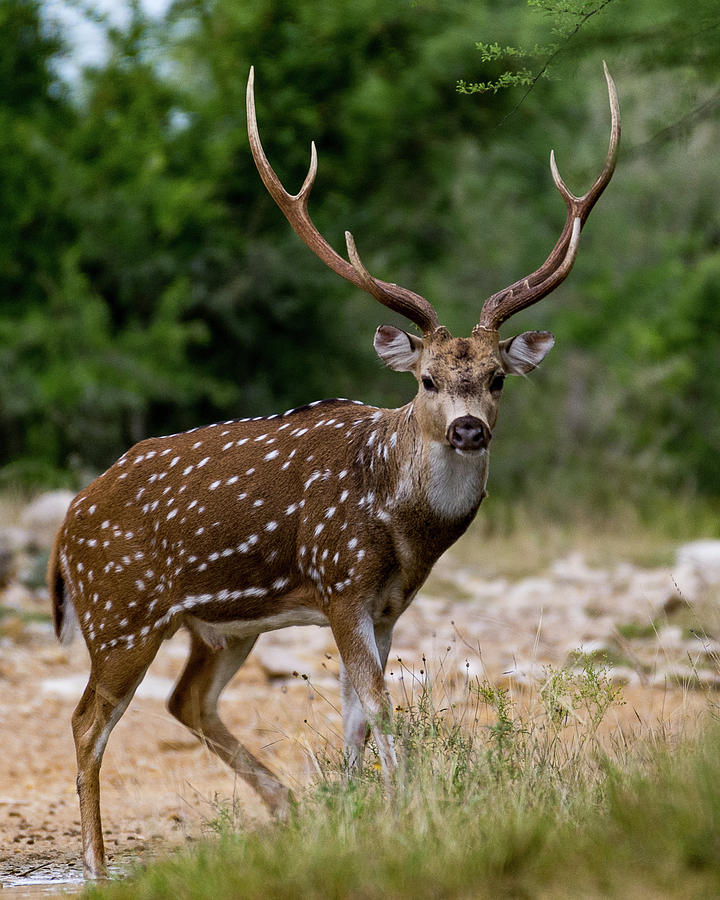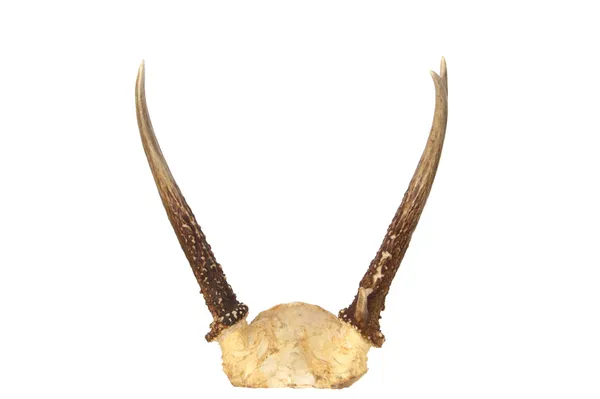


The mating season for all types of deer is called the rut.ĭuring this time the Whitetail Bucks will begin to establish dominance over other bucks and a social hierarchy will be formed. Once the mating season has ended and the buck's testosterone levels decrease, they will shed their antlers and their bodies will begin the process of growing another set of antlers for the coming year. The bucks are then ready to begin sparring with other bucks in preparation for mating. This is called in velvet.Īs the year progresses and we move towards the mating season, the buck's testosterone levels begin to rise and the antlers begin to harden.ĭuring this time the bucks will shed their velvet by rubbing it off on saplings. When the antlers begin to grow, they are soft, fuzzy and have blood circulating through them. Whitetail bucks grow a new set of antlers every year. (2) Standing as tall as 3.9 feet with running speeds of up to 30 mph, Whitetail deer are among the quickest of deer. Whitetail male’s have antlers and weigh anywhere from 150 to 300 pounds, while females are antlerless and typically weigh between 90 and 200 pounds. They also have a complex communication system of deer sounds that allow the deer to communicate danger to each other as well as social sounds. This is just one of the many forms of communication utilized by whitetail deer. In the photo below, you can see the tail up, or flag as it is sometimes called. The name stems from the dominant white color found on their underside tail, which is raised when they are alarmed in order to alert other whitetails nearby of the danger. The White-tailed Deer is described as having a reddish brown coat during the summer months and developing a grayish-brown color in the winter. This is why it is believed that there may be 30 to 40 subspecies of White-tailed deer, some of the types of deer, including the Florida Key Deer which are considered endangered and are protected under the endangered species act. Their versatility makes them extremely common which allows them to adapt to a plethora of surroundings, even heavily populated areas. Whitetail Deer are extremely adaptable and flourish in numerous different habitats, including, grasslands, pastures, wooded areas, meadows, badlands and even range to wetlands. Bergmann states that as animals travel further from the equator the larger they become, resulting in less loss of body heat. Their vast range is the reason that there is a plethora of subspecies for this type of deer.įollowing Allen’s Rule and Bergmann’s Rule is common when classifying the White-tailed Deer subspecies.Īllen’s Rule states that in the Northern climates of the Whitetail’s region is likely to be more cool and the outer characteristics of this type of deer, including the ears, legs, and tail tend to be shorter than in the Southern regions where the climate is warm and have enlarged ears, legs, and tail.īergmann’s Rule refers to the importance of identifying subspecies of deer by their geographical area. Human activities have allowed the expansion of White-tailed Deer northward and westward. Whitetail Deer can be seen as far north as Canada and as far south as Mexico, also ranging through most areas of Central America and northern parts of South America.Īccording to taxonomists, the White-tailed deer extends to approximately 40 different subspecies. states with exceptions to Alaska, Hawaii, and some Southwestern states. The Whitetail deer, also referred to as the White-tailed Deer is one of the many types of deer found in North, Central, and South America.


 0 kommentar(er)
0 kommentar(er)
